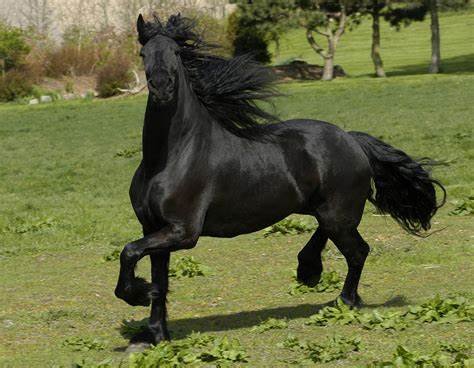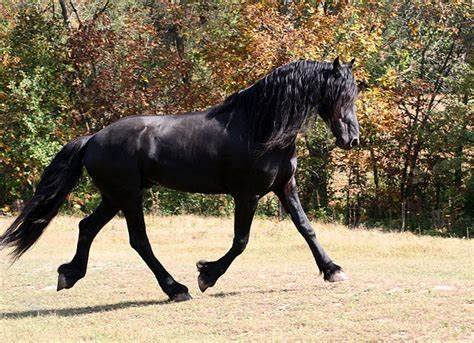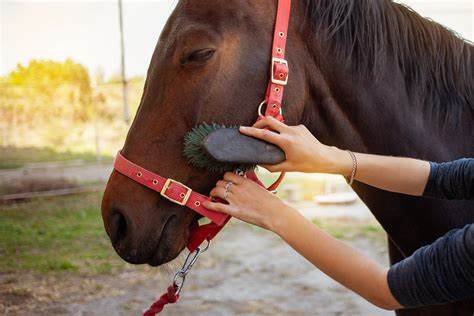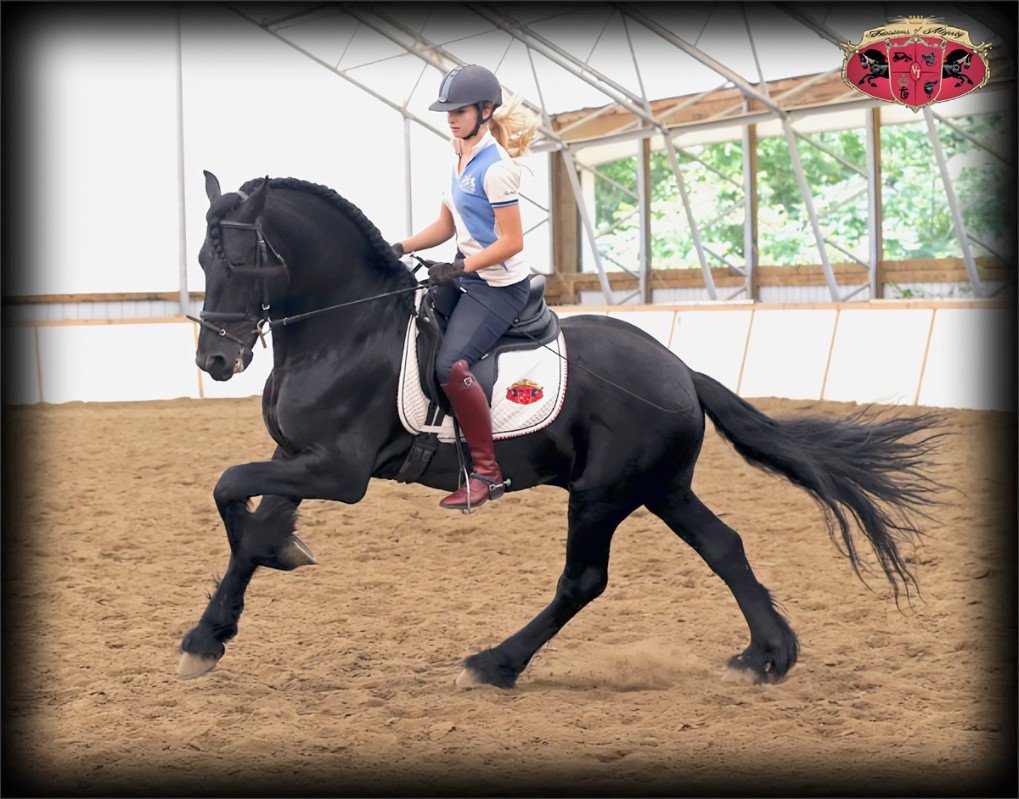Friesian horses have long been admired for their beauty, strength, and grace. These majestic animals have become key players in historical reenactments, where they bring history to life. Their striking appearance and natural talent make them the perfect choice for many reenactment groups. In this blog post, we will explore the unique role of Friesian horses in these historical events and why they continue to be so significant today.

Why Friesian Horses Are Ideal for Historical Reenactments
Friesian horses are known for their impressive size, strength, and striking appearance. Their deep black coats and flowing manes make them stand out in any historical reenactment. These characteristics are not only visually appealing but also historically accurate. In many reenactments, the horses need to resemble the ones that would have been used centuries ago. Friesians, with their noble bearing, are the perfect fit for recreating the look of ancient warhorses and royal steeds. Their natural elegance and presence add an air of authenticity to any event.
Moreover, Friesian horses are incredibly versatile. They have been used throughout history in various roles, from knights’ mounts in medieval times to carriage horses in royal courts. Their calm temperament and strong work ethic make them well-suited for the demands of historical reenactments. Whether they are used for cavalry displays, pulling carriages, or even as part of ceremonial processions, Friesian horses perform admirably.
Friesian Horses in Medieval Reenactments
One of the most popular uses of Friesian horses is in medieval reenactments. These horses are often seen in jousting tournaments, battle re-enactments, and processions. Their powerful build and stamina make them ideal for the intense physical demands of these reenactments. The horse’s bold, imposing appearance mirrors the image of warhorses used by knights during the medieval period.
In battle reenactments, Friesians are used to portray cavalry units, often involved in dramatic scenes that require swift movements and precise coordination with their riders. The horses’ natural ability to move gracefully and with purpose enhances the realism of these reenactments. Riders and horses alike must practice diligently to ensure they can perform complex maneuvers while maintaining safety and authenticity.
The Symbolic Role of Friesian Horses in Historical Events
Friesian horses also serve a symbolic role in historical reenactments. These animals represent the strength and nobility of the historical figures they are recreating. For instance, a Friesian horse might be used to represent a king’s personal steed during a royal procession, symbolizing power and prestige. In such reenactments, the horse becomes more than just an animal; it becomes a character in its own right.
In other cases, Friesians are used to reenact famous battles or significant moments in history. Their presence helps transport audiences back in time, creating a stronger emotional connection to the events being portrayed. By embodying both strength and elegance, Friesian horses bring historical reenactments to life, offering a deeper understanding of the past.
Friesian Horses in Modern Reenactments
Today, Friesian horses continue to play a vital role in modern historical reenactments. They are not only used in traditional events like medieval festivals and jousting tournaments but also in films, television shows, and public events. The rise of historical documentaries and TV series set in different time periods has seen the demand for Friesian horses increase. Their unique look and ability to portray historical accuracy have made them a favorite among filmmakers and reenactors alike.
Additionally, Friesians are now being used in educational events and public history demonstrations. These horses help teach audiences about the past by giving them a tangible, interactive experience. Visitors can observe the horses, interact with them, and gain a deeper appreciation for the role these magnificent animals played in history.
Conclusion: Friesian Horses in Historical Reenactments
Friesian horses have cemented their place in the world of historical reenactments. Their striking appearance, strength, and versatility make them ideal for portraying the majestic and powerful horses of the past. From medieval battles to royal processions, these horses bring authenticity, drama, and elegance to any reenactment. As the demand for historical accuracy continues to grow, Friesian horses will undoubtedly remain a central figure in bringing history to life for generations to come.











